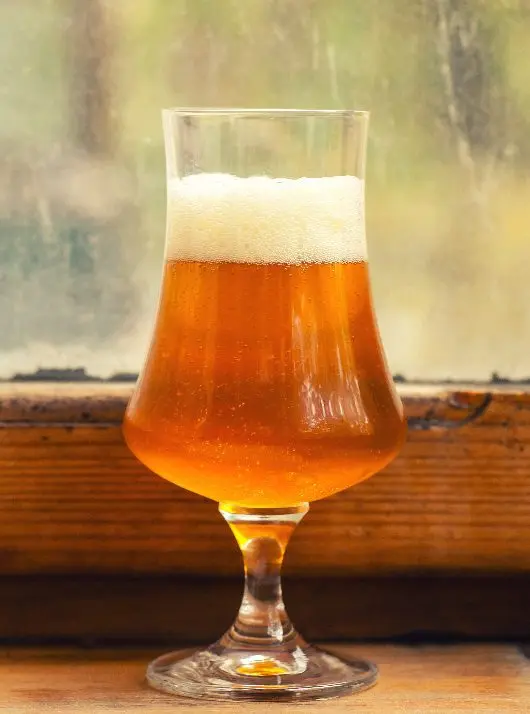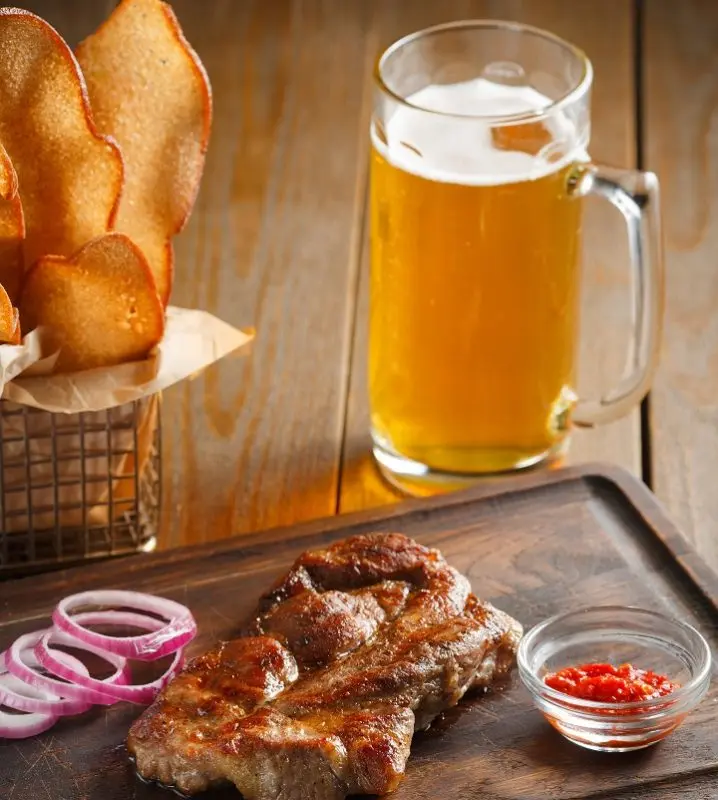The term “wild ale” (aka “wild beer”) refers to American beer brewed with yeast that causes sourness (most often of the Brettanomyces type, less commonly Lactobacillus or Pediococcus). In this case, traditional brewer’s yeast of the species Saccharomyces Cerevisiae may also be present, but this is not necessary.
Characteristics. Wild beer is similar to Gose, Lambic, Berliner, Weissbier, or Flanders Brown Ale, with a flavor profile that easily ranges from hoppy to malty. Wild ale comes in dark and light, both oak-aged and young. Acid tones often prevail in the bouquet, notes of “barnyard”, bandages, earth can be felt. In addition to such specific features, there are more familiar nuances of honey, spices, apricots, pineapples and other fruits. It is believed that this style is liked not only by beer lovers, but also by wine connoisseurs.
Interestingly, until recently, Brettanomyces yeast was the curse of brewers: because of it, the drink turned sour, and the batch had to be discarded, suffering losses. Later, the recipe was finalized and such beer stood out as a separate style.

History
Once upon a time, all beer was wild – until they invented the sanitization of containers and introduced basic hygiene rules when brewing it, then “cultural” strains of brewer’s yeast appeared – obtained in the laboratory. So it’s more correct to talk about the history of modern “clean” beer – it is much younger.
At the same time, wild beer never completely disappeared – there have always been people who appreciated its tart taste and unusual aroma. It was and is especially popular in Belgium, it is not for nothing that a kind of subspecies of wild beer was born in this country – sour beer (sour). Today, this style is included in the range of many craft breweries, for example, brands such as Atrial Rubicite from Jester King Brewery, Consecration from Russian River, Cuvee De Tomme from The Lost Abbey, Orval Trappist Ale from Abbey of Notre Dame d’Orval are found on the market. other.
Technology of preparation
The only difference from the classical technology is that during fermentation, yeast of a species other than Saccharomyces Cerevisiae or others is mixed into the wort. There are no uniform style standards, so the brewer can add spices and fruit essences to the drink.
Wild yeast can be added during the second fermentation – then the first fermentation passes with classic Saccharomyces, and the drink is softer, its aroma is not as sharp, it has less notes of old leather, earth and “horse blanket”. Other producers prefer to add wild yeast right away, even during the first fermentation, completely replacing the usual ones or leaving them in a small amount.
Traditionally, wild microflora got into the starter in a natural way – an open vat of beer stood in the fresh air and everything fell into it. Now yeast is most often ordered and added by hand.
The most radical brewers do not add anything to the wort at all, but rely on the bacteria contained in oak barrels, which, of course, no one ever cleans. Such beer must be aged for several months in order for the yeast to completely process all the sugar.

Differences between wild ale and sour
Sour sour and wild ale are so similar that even connoisseurs confuse them. Nevertheless, these are two different drinks, although they often intersect.
The fact is that wild yeast can indeed make the taste of beer sour – but not necessarily. On the other hand, you don’t have to add specific strains of yeast to get a sour, although you can.
The American Brewers Association defines sour as a type of wild ale. In total, she distinguishes three “wild” types:
- American sour ale.
- American beer Brett (brett beer, after the name of the yeast).
- Barrel-aged sour beer.
The first and last categories are also fruit.
How to drink wild ale
Wild beer has a stronger taste than the usual lagers and IPAs, so you should also eat it with something bright. For example, seafood is good, especially smoked salmon or caviar. Wild ale also makes good gastronomic pairs with game, pork chops, fatty meat dishes, and spicy foods.

It is customary to serve the drink in a rounded glass, like a lambic.









